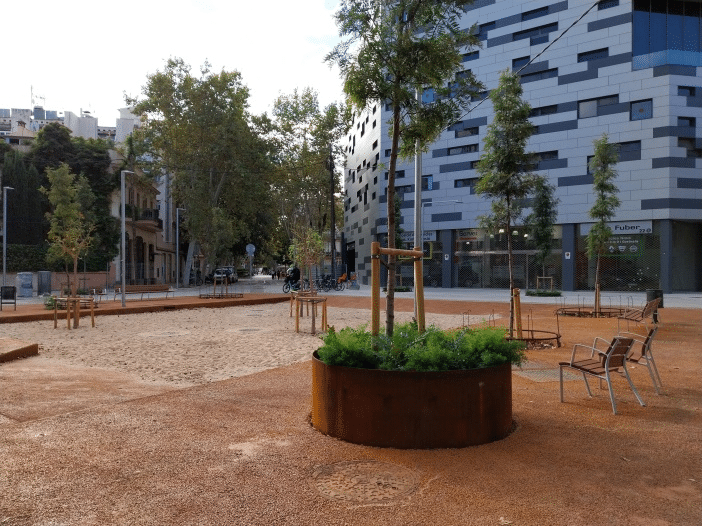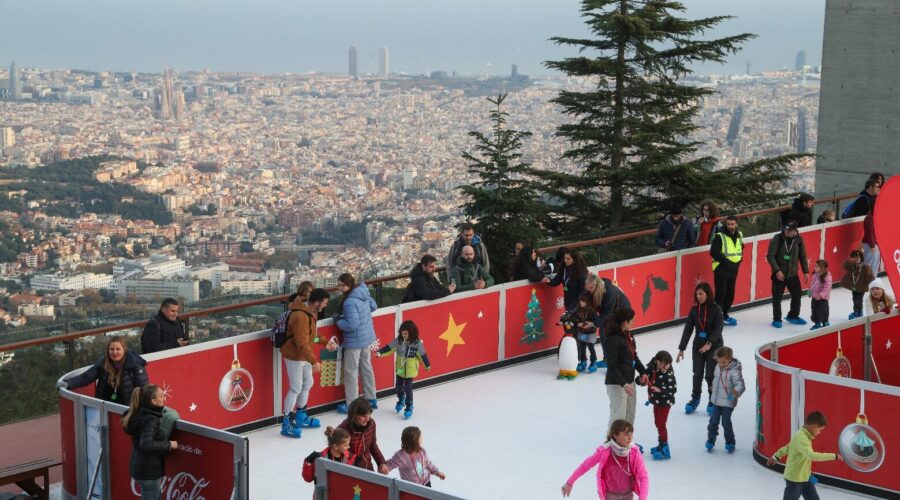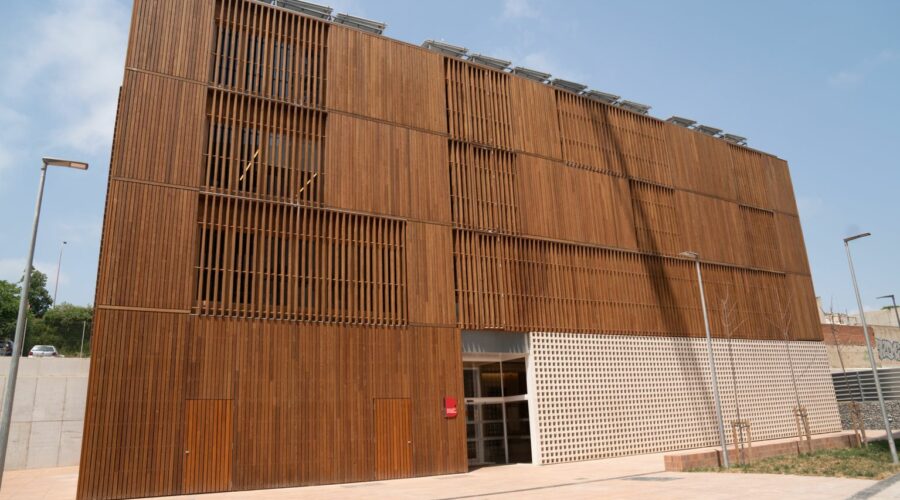The emblematic Carrer de Badajoz, located in the 22@ district, is about to undergo one of the most ambitious transformations in its history. The urbanization works will cover a 1.4-kilometer stretch between Avinguda d’Icària and Plaça de les Glòries, covering nine blocks and a total area of 28,420 square meters. This transformation promises to change mobility and the urban environment, creating a greener space adapted to the needs of the modern city.
 A new axis for bicycles and pedestrians
A new axis for bicycles and pedestrians
One of the main features of the project is the creation of a new one-way bicycle lane that will run along the sea-mountain axis, facilitating sustainable mobility in the city. This lane, 2.30 meters wide, will connect the coastal façade with Guinardó, integrating with other cycling axes such as those of carrer de la Independència and Diagonal. This new infrastructure will contribute to consolidate Barcelona as one of the most cyclist-friendly cities in the world. In addition, the sidewalks along the entire stretch of Carrer de Badajoz will be widened to 4.60 meters, offering more space for pedestrians and promoting safer mobility. This extension will be key to favoring coexistence between pedestrians, cyclists and vehicles.
Stages and execution deadlines
The urbanization project will be carried out in two phases, with a total estimated duration of two years. The first phase, which will begin in the second half of 2025, will cover the section between Avinguda d’Icària and Carrer de Pallars, with an expected duration of 14 months. Subsequently, the second phase will be developed between carrer de Pere IV and avenida Diagonal, with an estimated duration of 10 months. The configuration of carrer de Badajoz will include a bus lane, two traffic lanes and the aforementioned bicycle lane. This redistribution of spaces will allow for better traffic flow and a more efficient use of public space, adapting to the needs of the different road users.
Pacification of intersections and green spaces
Another key aspect of the transformation is the pacification of several intersections in the Poblenou and Parc i la Llacuna areas. Raised and safe areas will be created at the intersections of carrer de Badajoz with carrer del Doctor Trueta, Pujades and Ramon Turró. These intersections will offer pedestrian spaces and will be equipped with additional vegetation and more permeable pavements, promoting social interaction and safety in the busiest areas. At the intersection of Badajoz and carrer de Ramon Turró, the safety of students and families of the Voramar school will be prioritized, expanding the pedestrian space and improving access to the institution. In addition, the crossing with Sancho d’Ávila will be pacified, in line with the characteristics of the Poblenou overpass, which has already proven to be a success in improving the urban environment.
A commitment to sustainability
The project is committed to greater green coverage along carrer de Badajoz, with the planting of trees and the creation of plant spaces designed to improve biodiversity. Three types of plant strata will be installed: a herbaceous stratum with low-growing species, a shrub stratum and a third stratum of cover trees. In total, 195 trees will be planted, almost double the 89 that currently exist in the area, and an irrigation network will be installed to ensure the maintenance of this new vegetation. The species chosen have low water requirements and can thrive in semi-shaded conditions, ensuring the long-term sustainability of the project.
Infrastructure renewal
The urbanization will not only focus on aesthetic and mobility improvements, but will also include a complete renovation of the basic services. This involves the replacement of the pavement, both on the roadway and sidewalks, and the improvement of the drainage system of the carrer de Badajoz. New LED lighting systems will also be installed, which will improve the quality of light throughout the area, reducing dark spots and favoring energy savings. In addition, the urbanization will allow the extension of the hot-cold air conditioning network and the installation of pneumatic waste collection systems, facilitating a more efficient and sustainable management of resources.
Progress in other areas of 22@
Carrer dels Almogàvers is another of the spaces that has already completed its transformation as part of the overall 22@ project. The works have pacified this stretch between Badajoz and Roc Boronat, creating a more pedestrian-friendly environment and promoting sustainable mobility. These changes have also boosted local commerce, giving a boost to the local economy in the area.
A greener and more efficient Barcelona
With the urbanization of Carrer de Badajoz, Barcelona reaffirms its commitment to sustainability, efficient mobility and the creation of safer and more accessible spaces for all. This project will not only transform one of the main thoroughfares of 22@, but will also serve as a model for future urban interventions in the city.
The combination of bike lanes, wider pedestrian spaces, a greater presence of greenery and the improvement of key infrastructure ensures that this transformation will not only benefit the residents of Poblenou, but will also be an example of how cities can adapt to the challenges of the future.


 A new axis for bicycles and pedestrians
A new axis for bicycles and pedestrians
